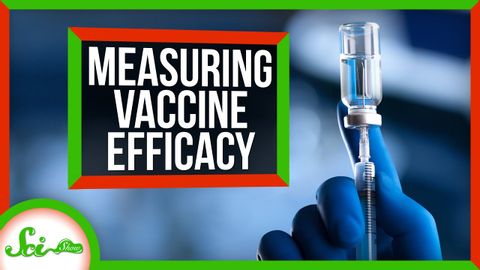
Subtitles & vocabulary
What Does a 95% Effective Vaccine Really Mean?
00
joey joey posted on 2021/05/24Save
Video vocabulary
episode
US /ˈɛpɪˌsod/
・
UK /'epɪsəʊd/
- Noun
- One separate event in a series of events
- Show which is part of a larger story
B1TOEIC
More contagious
US /kənˈtedʒəs/
・
UK /kənˈteɪdʒəs/
- Adjective
- Able to be passed on by touch
- (of a disease) able to be transmitted by infection.
C2
More description
US /dɪˈskrɪpʃən/
・
UK /dɪˈskrɪpʃn/
- Noun
- Explanation of what something is like, looks like
- The type or nature of someone or something.
A2TOEIC
More positive
US /ˈpɑzɪtɪv/
・
UK /ˈpɒzətɪv/
- Adjective
- Showing agreement or support for something
- Being sure about something; knowing the truth
- Noun
- A photograph in which light areas are light and dark areas are dark
A2
More Use Energy
Unlock All Vocabulary
Unlock pronunciation, explanations, and filters
